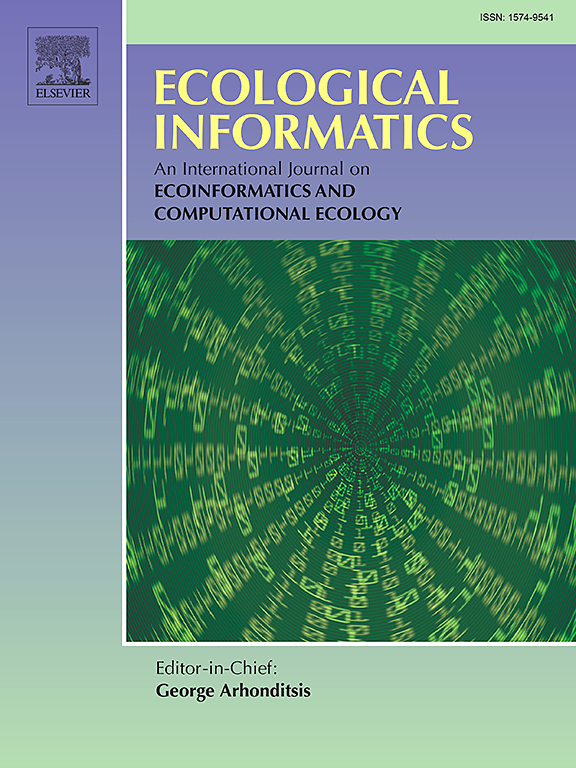基于哨兵2的机器学习模型在捷克国家森林清查中的验证
IF 5.8
2区 环境科学与生态学
Q1 ECOLOGY
引用次数: 0
摘要
捷克共和国的国家森林清查提供了森林管理的基本数据,但需要大量的时间和资源。该研究强调了针对真实NFI数据验证基于sentinel -2的机器学习模型的关键作用,以确保其用于森林监测的可靠性。虽然基于卫星的模型提供了一种具有成本效益的替代方案,但它们的实际适用性取决于严格的验证。我们将四种常用的机器学习模型——分类与回归树、随机森林、支持向量机和朴素贝叶斯——应用于Sentinel-2图像来估计森林覆盖条件。随机森林模型达到了最高的总体准确率(98.3%)。通过系统地比较模型预测与官方NFI数据,我们解决了遥感应用中的一个关键差距:除了训练数据集之外,还需要真实世界的验证。我们的研究结果表明,经过适当验证的基于sentinel -2的模型可以增强大规模森林监测,减少传统实地调查的财政和劳动力负担,同时确保可持续森林管理的数据准确性。本文章由计算机程序翻译,如有差异,请以英文原文为准。
Validation of sentinel 2 based machine learning models for Czech National Forest Inventory
The National Forest Inventory (NFI) of the Czech Republic provides essential data for forest management but requires significant time and resources. This study highlights the critical role of validating Sentinel-2-based machine learning models against real NFI data to ensure their reliability for forest monitoring. While satellite-based models offer a cost-effective alternative, their practical applicability depends on rigorous validation. We applied four commonly used machine learning models—Classification and Regression Trees, Random Forest, Support Vector Machine, and Naive Bayes—to Sentinel-2 imagery to estimate forest cover conditions. The Random Forest model achieved the highest overall accuracy (98.3 %). By systematically comparing model predictions with official NFI data, we address a key gap in remote sensing applications: the need for real-world validation beyond training datasets. Our findings demonstrate that properly validated Sentinel-2-based models can enhance large-scale forest monitoring, reducing the financial and labor burdens of traditional field surveys while ensuring data accuracy for sustainable forest management.
求助全文
通过发布文献求助,成功后即可免费获取论文全文。
去求助
来源期刊

Ecological Informatics
环境科学-生态学
CiteScore
8.30
自引率
11.80%
发文量
346
审稿时长
46 days
期刊介绍:
The journal Ecological Informatics is devoted to the publication of high quality, peer-reviewed articles on all aspects of computational ecology, data science and biogeography. The scope of the journal takes into account the data-intensive nature of ecology, the growing capacity of information technology to access, harness and leverage complex data as well as the critical need for informing sustainable management in view of global environmental and climate change.
The nature of the journal is interdisciplinary at the crossover between ecology and informatics. It focuses on novel concepts and techniques for image- and genome-based monitoring and interpretation, sensor- and multimedia-based data acquisition, internet-based data archiving and sharing, data assimilation, modelling and prediction of ecological data.
 求助内容:
求助内容: 应助结果提醒方式:
应助结果提醒方式:


